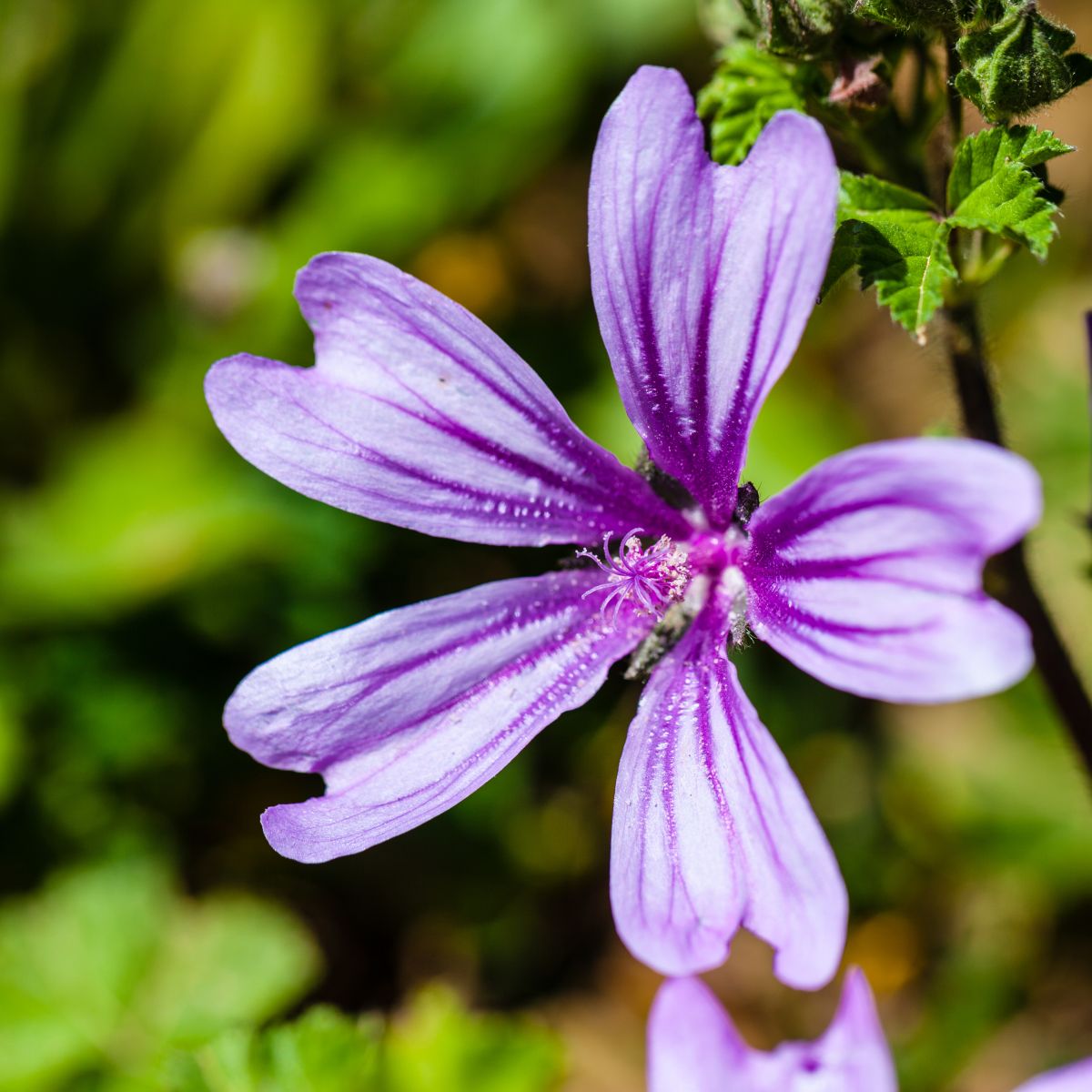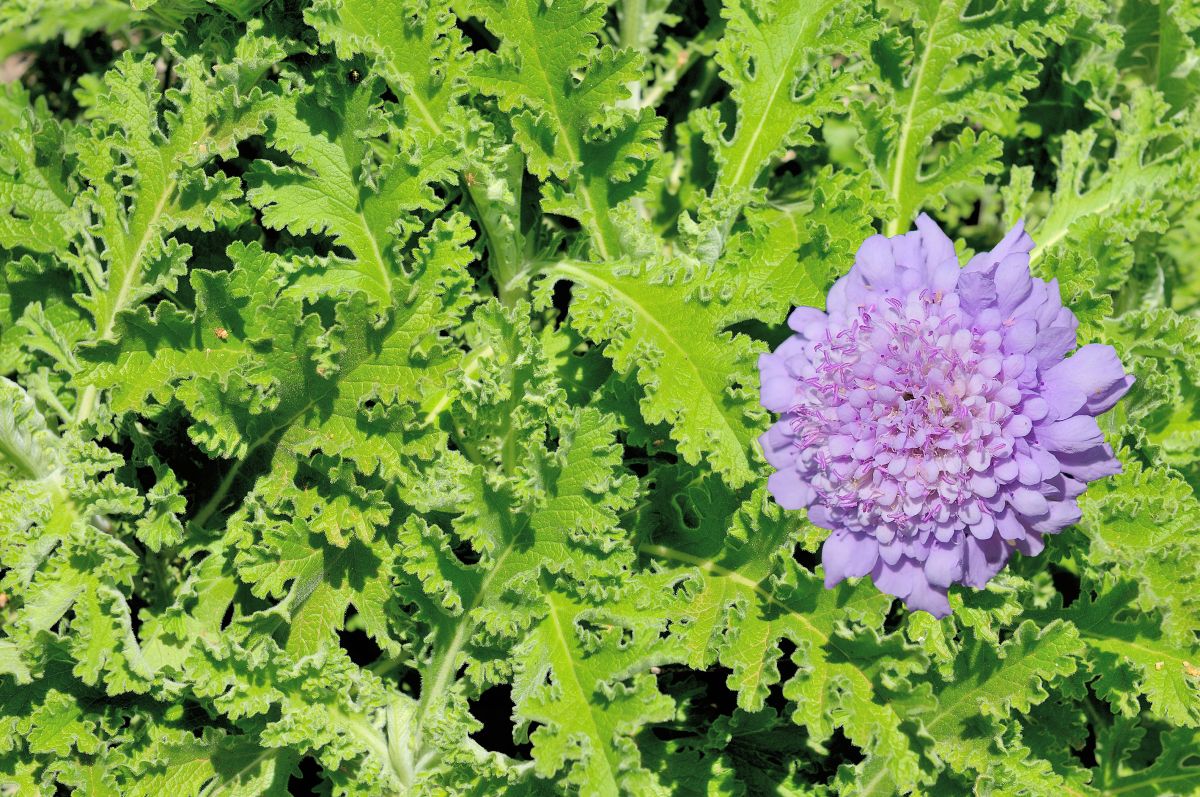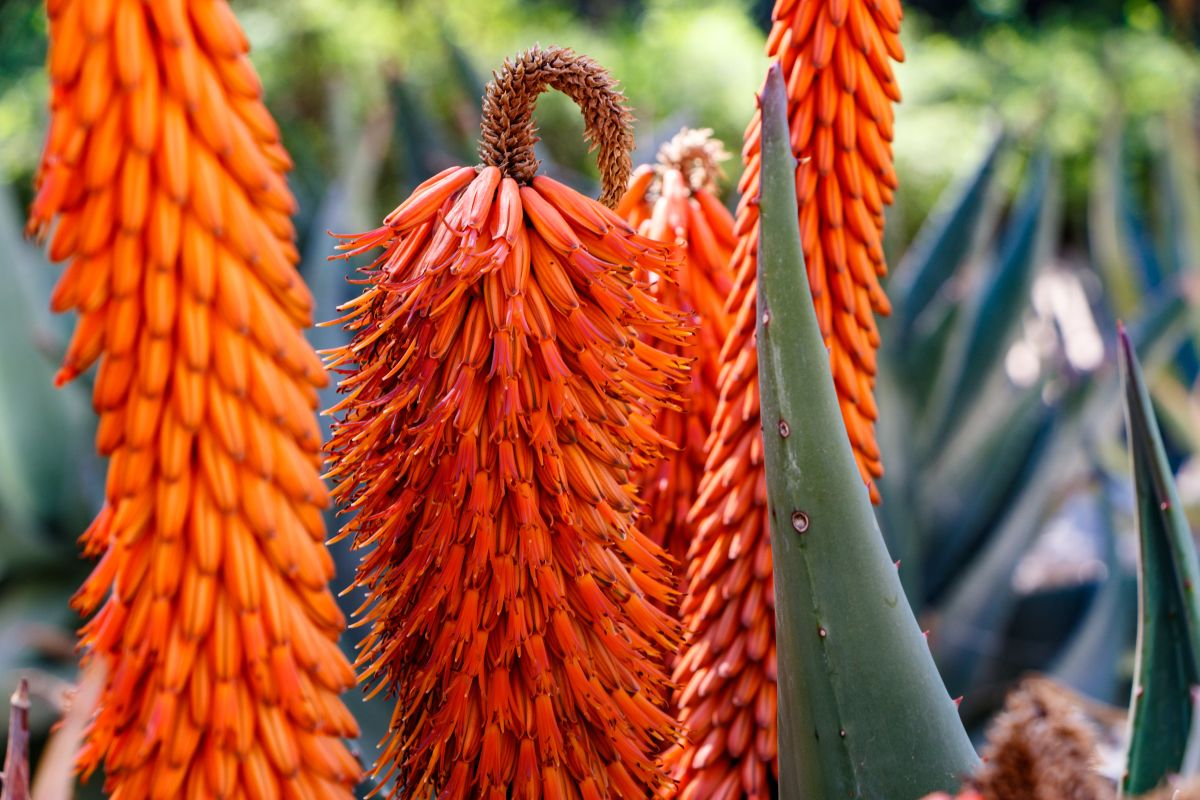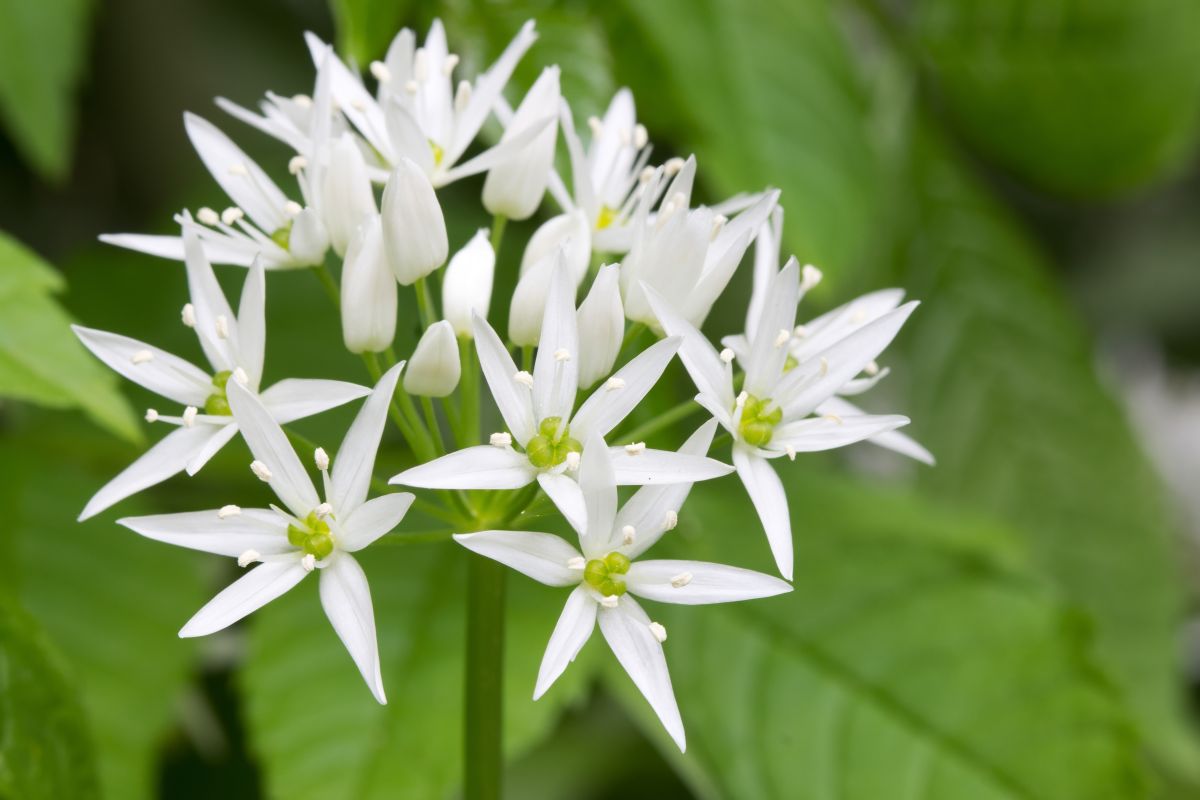When travelling into nature, deep into the South African bushveld, we don’t often stop to appreciate the less-sought-after elements of the biome. Most adventurers search tirelessly through the thicket along the gravel roads to spot an elusive creature or calm giant; the game life always steals the show. We rarely tend to pause and stare, not through, but at the thicket itself. To pause and wonder at how a tree so large or a sea of beautiful flowers so vast, can influence our health and set us back onto a path of healing. Do you know just how incredible nature is? Have you ever considered the wonderful healing properties of the plant life all around us? We take a look at the traditional uses of plants…
For Stomach Ache:

– Wild Malva. Brewing this prettily pink flower into boiling water and drinking the infused water can help settle a sore tummy. This plant is widely used in a range of treatments by traditional healers.
– Balderjan. This plant is very similar to mint and, if sipped as a tea, is said to calm the stomach.
– Pepperbark Tree. People say the bark protecting the roots and stems of this plant can be dried, ground and mixed with water to cure stomach ache, amongst other ailments.
For Headaches:

– African Wormwood. This plant is traditionally used in a variety of ways to treat many different ailments, but can also be boiled to drink as tea, or made into a poultice to treat a headache.
– Horseradish. It is full of beneficial properties and, when ingested, helps to alleviate pain.
– Devil’s Claw. People infuse the plant with warm water as a long-standing practice for treating headaches.
For Aching Muscles:

– Wild Malva. People not only use this little flower to ease a stomach but adding the leaves of the plant into bath water is said to help relax stiffened muscles and achy joints.
– Aloe Ferox. This plant is widely used, even in popular cosmetics lines today, and has anti-inflammatory properties; perfect for soothing tired muscles.
For Flus and Colds:

– African Ginger. Chewing on segments of the roots of this plant has the same effect as store-bought ginger, and is commonly used by traditional groups.
– Everlasting. People say that a tea brewed from the leaves of this plant treat the symptoms of flus and can still a terrible cough.
– Wild Garlic. The bulbs of this plant can be boiled and ingested, much like the African Ginger, to treat coughing and sinuses.
There is a wide range of plants and trees throughout South Africa with various uses and applications which are rather interesting. Many of which have their own place the Traditional Uses of Plants. When you next visit Mabalingwe, consider accompanying our Eco-Tainment Team on the Live Long and Eco Trails to learn more about the incredible biome which is home to our most beloved Nature Reserve.
*This article was written for the sole purpose of creating intrigue into the plant-life in the biomes of South Africa. None of the above-mentioned plants have been proven to cure ailments of any nature, and anyone seeking medical advice should enlist the services of a qualified medical professional.

